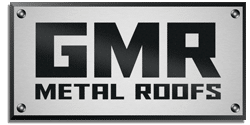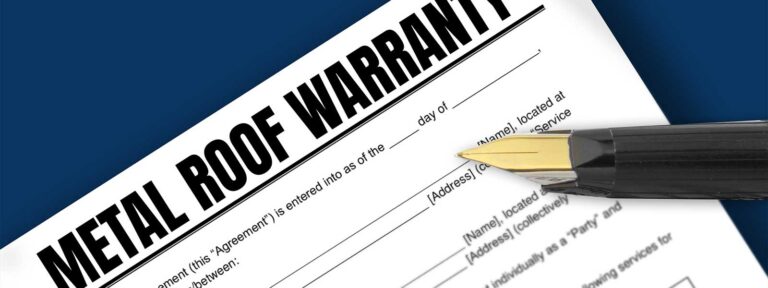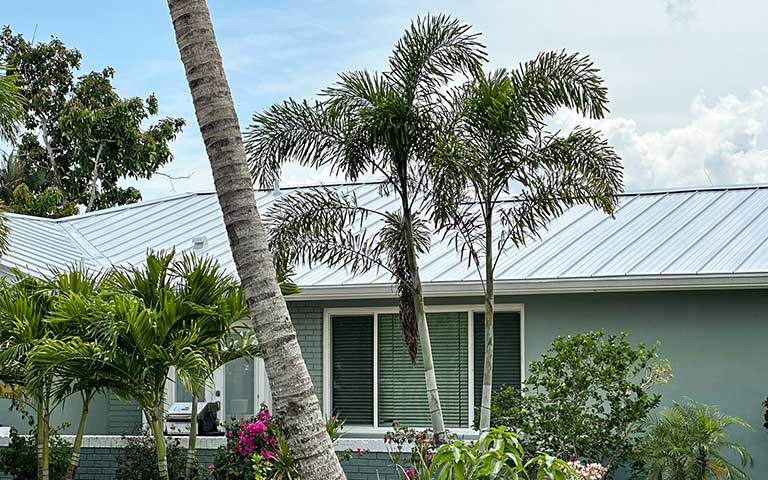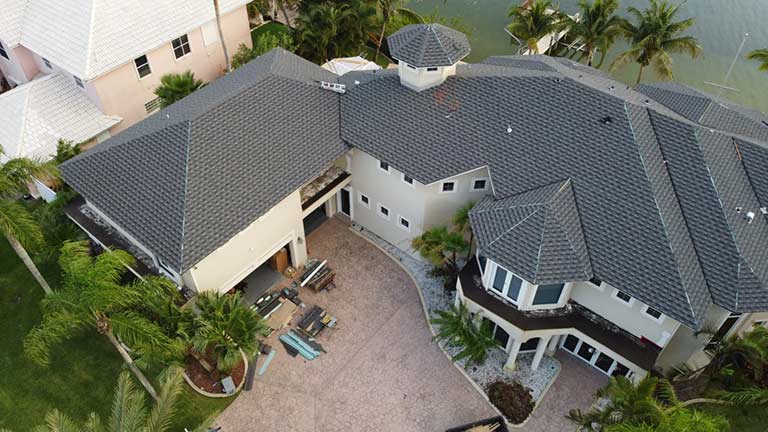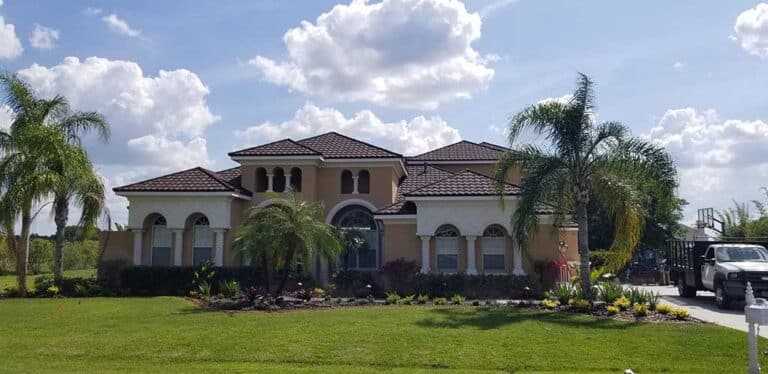Metal Roofs and Hurricanes: Understanding Their Resilience in Extreme Weather
As hurricanes and tropical storms become more frequent and severe, homeowners in vulnerable regions seek durable roofing solutions that can withstand the onslaught of high winds, heavy rain, and flying debris. Among these options, metal roofs have emerged as a popular choice due to their exceptional strength, durability, and resistance to extreme weather conditions. Let’s explore how metal roofs hold up in hurricanes and why they are considered a reliable choice for homes in hurricane-prone areas:
1. Exceptional Strength and Durability
Metal roofs are renowned for their exceptional strength and durability, making them well-suited to withstand the powerful winds and flying debris associated with hurricanes. Unlike traditional roofing materials such as asphalt shingles or wood shakes, metal roofs are less prone to damage from wind uplift, tearing, or dislodgment during severe storms.
2. Interlocking Panels and Secure Fastening
Metal roofs are typically installed using interlocking panels and secure fastening systems that create a seamless, watertight barrier against the elements. This design minimizes the risk of water infiltration and prevents wind-driven rain from penetrating the roof’s surface, reducing the likelihood of water damage and mold growth in the aftermath of a hurricane.
3. Resistance to Wind Uplift
One of the primary concerns during hurricanes is the risk of wind uplift, which can exert tremendous force on a roof and compromise its structural integrity. Metal roofs are engineered to resist wind uplift and maintain their shape and integrity even under extreme wind speeds. This resistance to uplift helps prevent roof failure and reduces the risk of extensive damage to the home’s interior.
4. Fire Resistance
In addition to their strength and durability, metal roofs offer inherent fire resistance, which can provide added protection during wildfires or instances of electrical fires sparked by hurricane-related power outages. The non-combustible nature of metal roofing materials helps minimize the risk of fire damage and enhances the overall safety of the home, particularly in wildfire-prone areas.
5. Longevity and Low Maintenance
Metal roofs boast an impressive lifespan, often lasting 50 years or more with proper maintenance and care. Unlike traditional roofing materials that may require frequent repairs or replacements due to storm damage, metal roofs are resilient and require minimal maintenance to remain structurally sound and weather-resistant over time.
In conclusion, metal roofs offer homeowners in hurricane-prone areas a reliable and resilient roofing solution capable of withstanding the rigors of extreme weather conditions. Their exceptional strength, durability, resistance to wind uplift, and fire resistance make them a preferred choice for safeguarding homes and ensuring peace of mind during hurricane season.
While no roof is entirely impervious to the forces of nature, metal roofs provide a level of protection and longevity that far surpasses traditional roofing materials. By investing in a metal roof, homeowners can fortify their homes against the destructive power of hurricanes and weather the storm with confidence. As climate patterns continue to shift and extreme weather events become more frequent, choosing a durable and dependable roofing solution like metal can help homeowners protect their families and preserve their homes for years to come.
